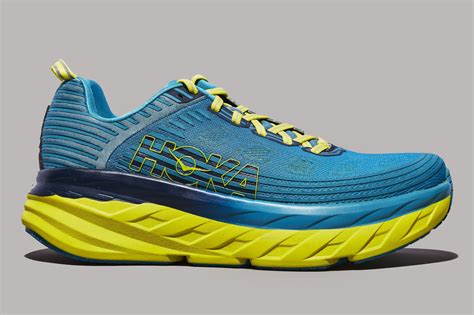Shin splints, or medial tibial stress syndrome, are a common affliction for runners, particularly those who pound the pavements of urban environments daily. The repetitive impact on hard surfaces can lead to inflammation and pain along the inner edge of the shinbone. While several factors contribute to shin splints, choosing the right footwear plays a crucial role in prevention. This article delves into what to look for in running shoes to safeguard your shins during your daily city runs.
Understanding Shin Splints and Urban Running
Shin splints typically arise from overpronation, inadequate shock absorption, and muscle imbalances. For urban runners, the unforgiving concrete and asphalt surfaces amplify these issues. Unlike trails or softer tracks, city roads offer little give, transferring more impact force directly to your legs. This makes shoe choice even more critical for managing stress on the shins and lower legs.

Key Features of Shin Splint-Preventing Running Shoes
When selecting shoes to mitigate shin splints, focus on three primary characteristics:
1. Superior Cushioning
Cushioning is paramount for urban runners. Shoes with ample cushioning absorb impact, reducing the shock transmitted to your shins. Look for technologies like responsive foams (e.g., EVA, PU blends, proprietary brand-specific foams) that offer both softness and energy return. Maximum cushioning shoes are often a good choice, especially for longer runs on hard surfaces.
2. Adequate Stability and Support
If you have flat feet or overpronate (your foot rolls inward excessively after landing), stability shoes can be a game-changer. These shoes feature features like medial posts, guide rails, or firmer foams on the arch side to control pronation and keep your foot aligned. Proper alignment prevents excessive stress on the tibialis muscles and tendons.

3. Proper Fit and Arch Support
A well-fitting shoe is non-negotiable. Shoes that are too tight, too loose, or lack adequate arch support can exacerbate shin splints. Visit a specialized running store to get your gait analyzed and determine your foot type (neutral, pronator, supinator) and arch height. This will ensure you choose a shoe that complements your biomechanics.
Top Shoe Types and Recommendations
Neutral Running Shoes (for those with neutral pronation or supination)
If your foot strike is balanced, focus on highly cushioned neutral shoes. Brands like Hoka (Clifton, Bondi), Brooks (Glycerin), Saucony (Kinvara, Triumph), and New Balance (Fresh Foam X 880, 1080) offer excellent options known for their plush ride and impact absorption.

Stability Running Shoes (for overpronators)
For runners who overpronate, stability shoes provide necessary support. Popular models include Brooks (Adrenaline GTS), Asics (GT-2000, GEL-Kayano), Saucony (Guide), and New Balance (860). These shoes typically incorporate features to guide the foot through a more neutral stride.

Shoes with Rocker Geometry
Some shoes feature a “rocker” sole design, which promotes a smoother transition from heel strike to toe-off. This can reduce the workload on your calf and shin muscles, potentially easing shin splint symptoms. Hoka is well-known for this design across many of its models.
Beyond Footwear: Holistic Prevention
While shoes are vital, remember that shin splint prevention is multifaceted. Incorporate dynamic stretching before runs and static stretching afterward. Strengthen your calf muscles, tibialis anterior, and glutes. Gradually increase your mileage and intensity, avoiding sudden spikes. Listen to your body and rest when needed. Consider running on softer surfaces like grass or dirt paths when possible, even for short stretches, to give your shins a break from constant pavement impact.

Conclusion
Preventing shin splints on daily urban runs requires a strategic approach to footwear. Prioritize shoes with ample cushioning, appropriate stability for your foot type, and a perfect fit. By investing in the right pair of running shoes and combining it with smart training practices, you can enjoy your city runs pain-free and keep your shins happy.




